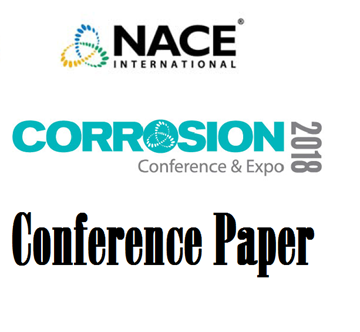Search
DoD Corrosion Prevention and Control Standards, An Aerospace Example
Also Purchased
Degradation of Aerospace Coatings Due to Combined Effects of Mechanical Loading and Environmental Exposure
Product Number:
51319-13127-SG
Publication Date:
2019
$20.00
51318-11177-Effect of Mechanical Stress and Environmental Conditions on Degradation of Aerospace Coatings that G
Product Number:
51318-11177-SG
Publication Date:
2018
$20.00
Effective Relationships Between Applicators, Inspectors, Owners and coating Manufacturer Representatives
Product Number:
41205-192-SG
Publication Date:
2005
$20.00




